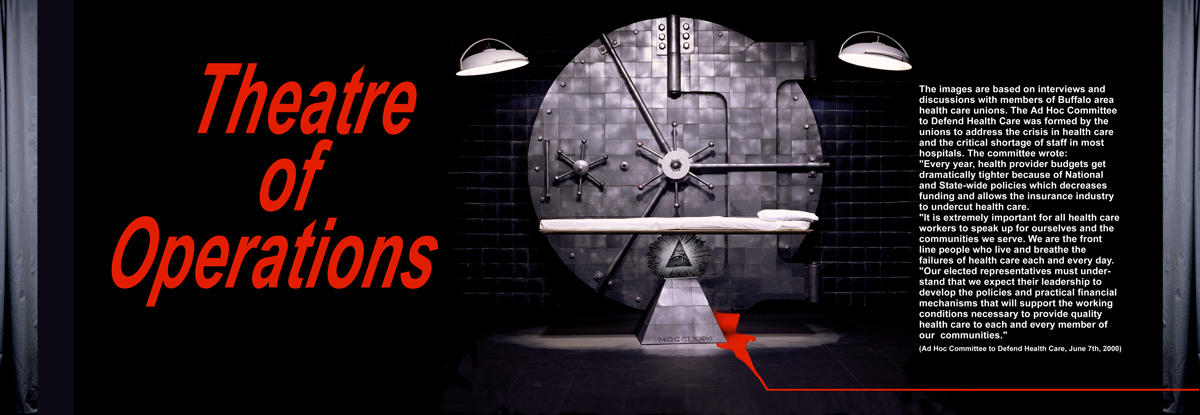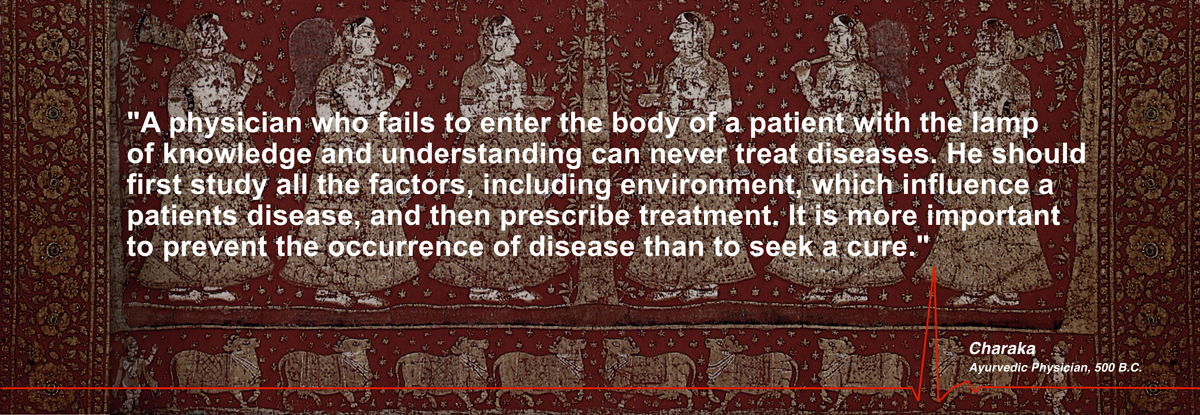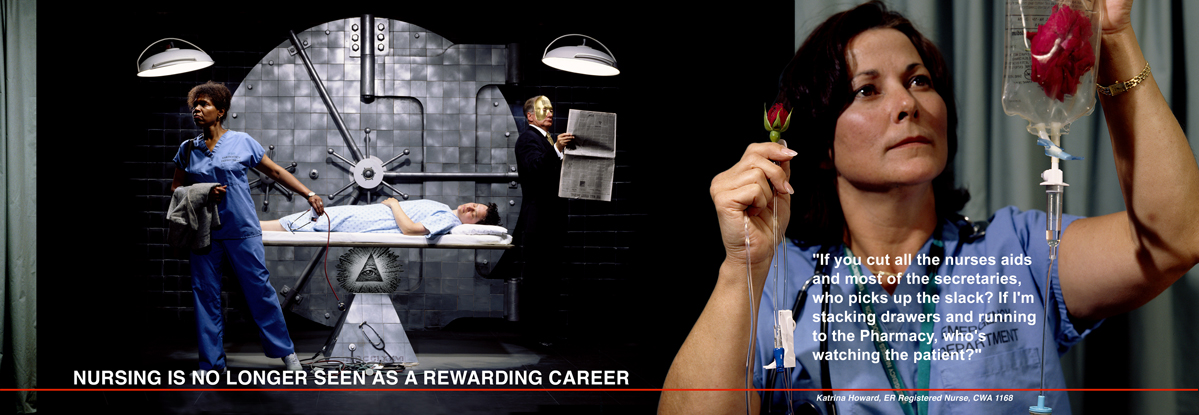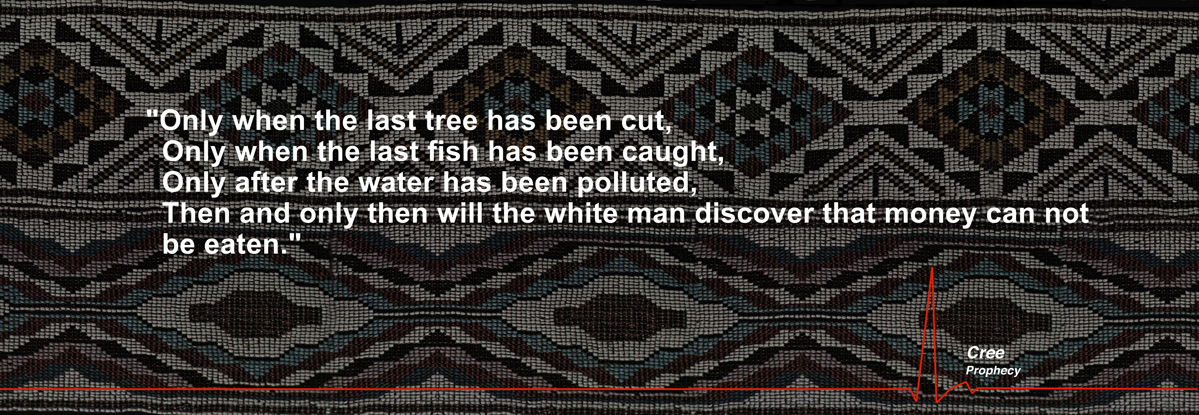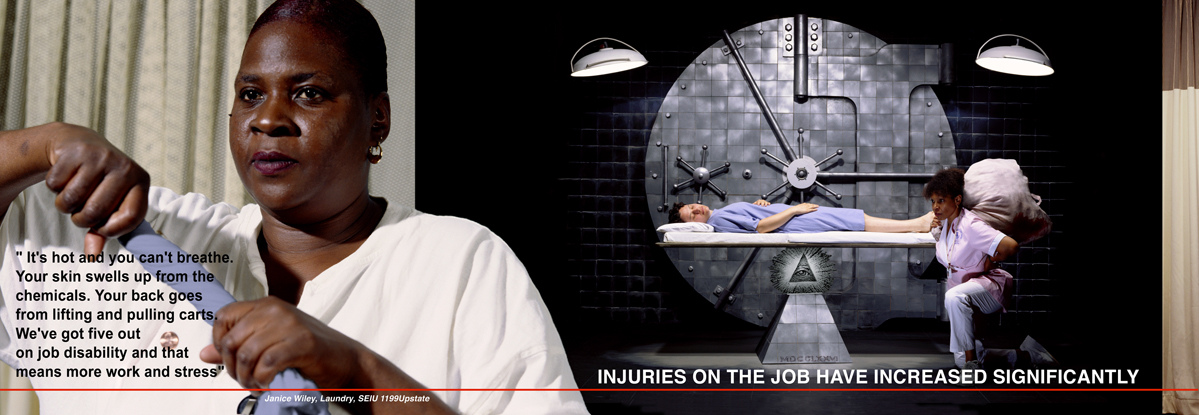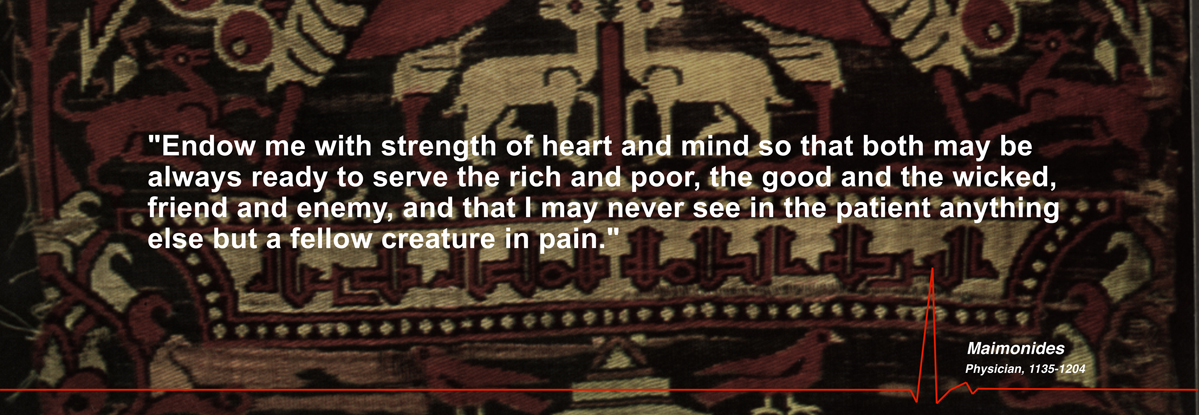Theatre of Operations: A Look at Health Care in the U.S. (2000)
The final work consists of 11 portraits of health care workers in different job categories: nurses, visiting nurses, OR technicians, x-ray technicians, patient care aids, clerical, housekeeping, food services and laundry. Each portrait is accompanied by a quote from the worker portrayed about their working conditions. Each portrait also has a staged background that illustrates a statement about health care in the U.S. – for example “44 million people in the U.S. have no health insurance”. The portrait/scenes are inter-spliced with five panels carrying a historic image and quote on care from Native, Afro-American, Asian, Arab and European sources. There are a title and a credit image panel.
The artists met with representatives from the major health care unions in Buffalo and members of the Buffalo health care coalition to determine the general direction of the project. They then visited various worksites and met with the people working there. Health care workers were chosen by the artists and unions to represent both different job categories and cultures. These workers had their portrait taken and were interviewed about their job and the general state of health care. Based on the various discussions and interviews, the artists developed a series of staged images about the issues and concerns raised by the workers and their unions. The staged images were photographed with actors on a constructed set that combined a hospital operating theatre and a bank vault and then matched with the relevant portrait.
It should be noted that the issue of a Canadian publicly funded care system and the U.S. private system came up many times. The majority of workers and their unions support a public system and were disappointed to learn that the Canadian health care system was moving in the direction of the U.S. model. Part of the motivation behind this work was to produce a statement about the U.S. health care system from the point of view of those who work in it for a Canadian audience.The workers that are represented in the work are members of the Communications Workers of America (CWA) Locals 1168, 1133 and 1122, the Service Employees International Union (SEIU) Local 1199Upstate and the New York State Nurses Association (NYSNA).

